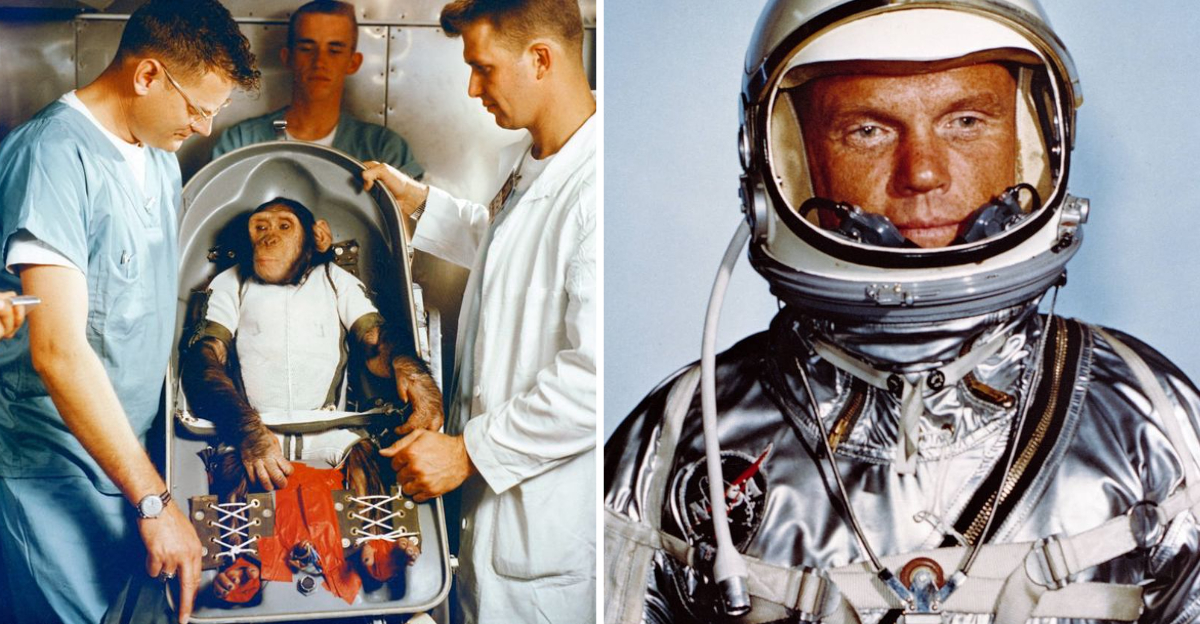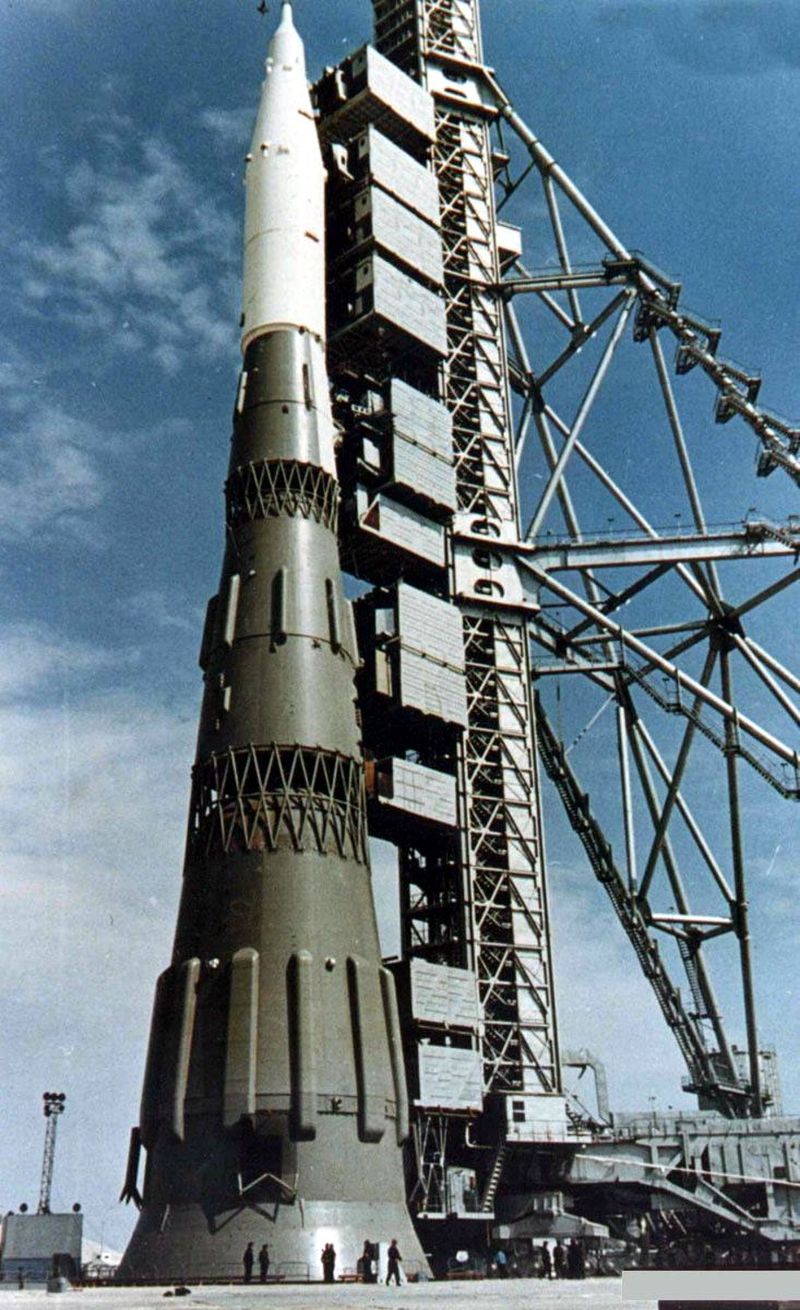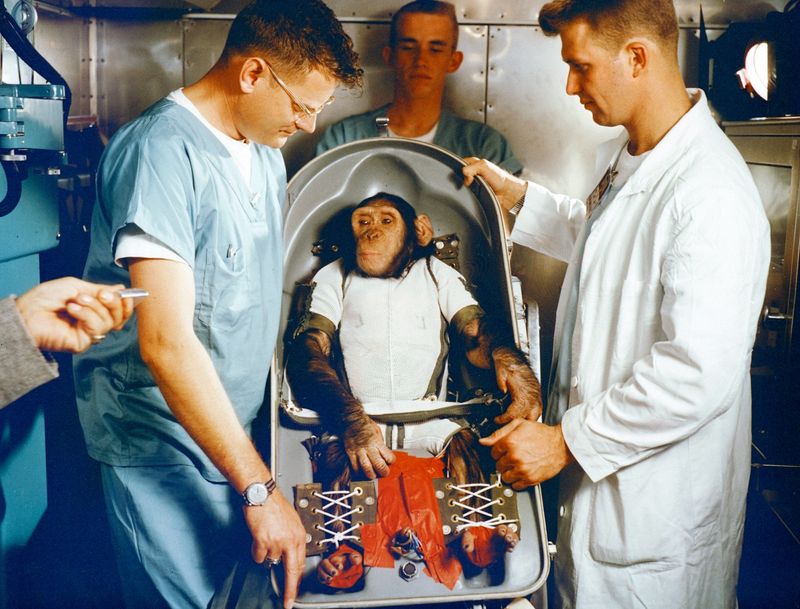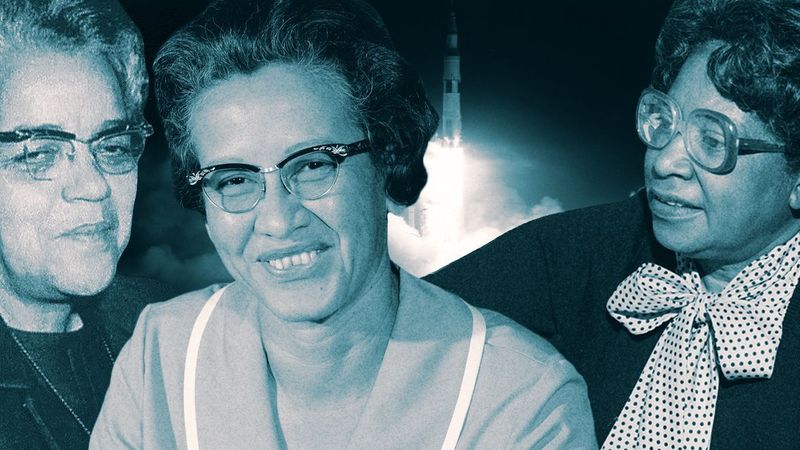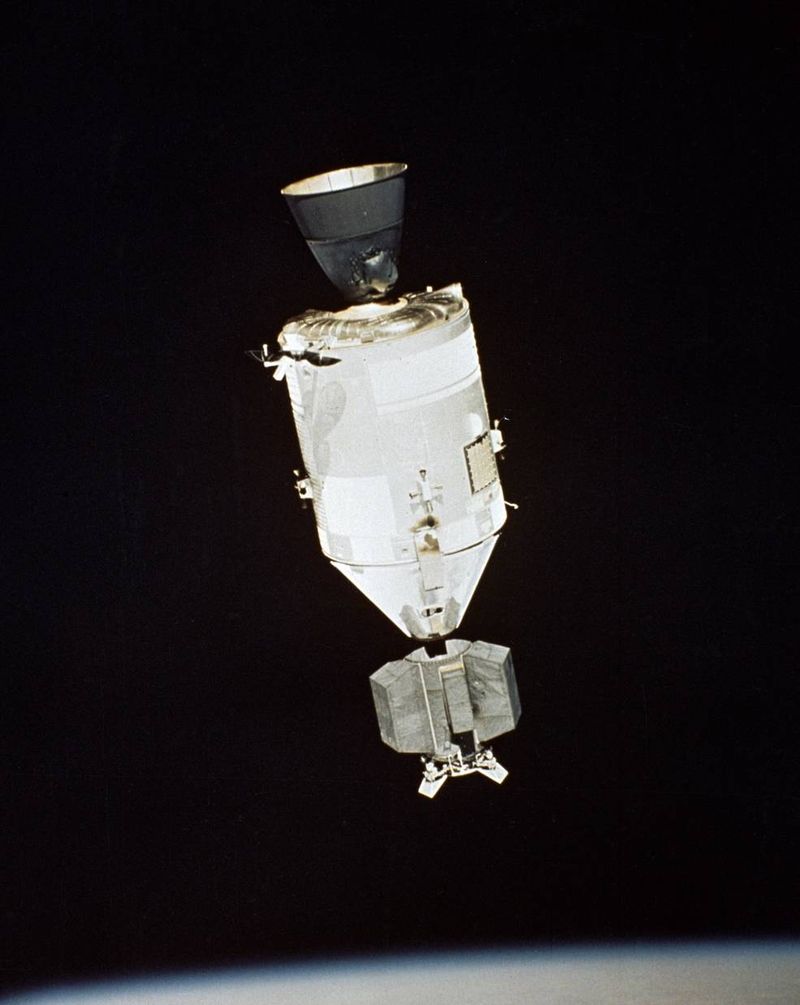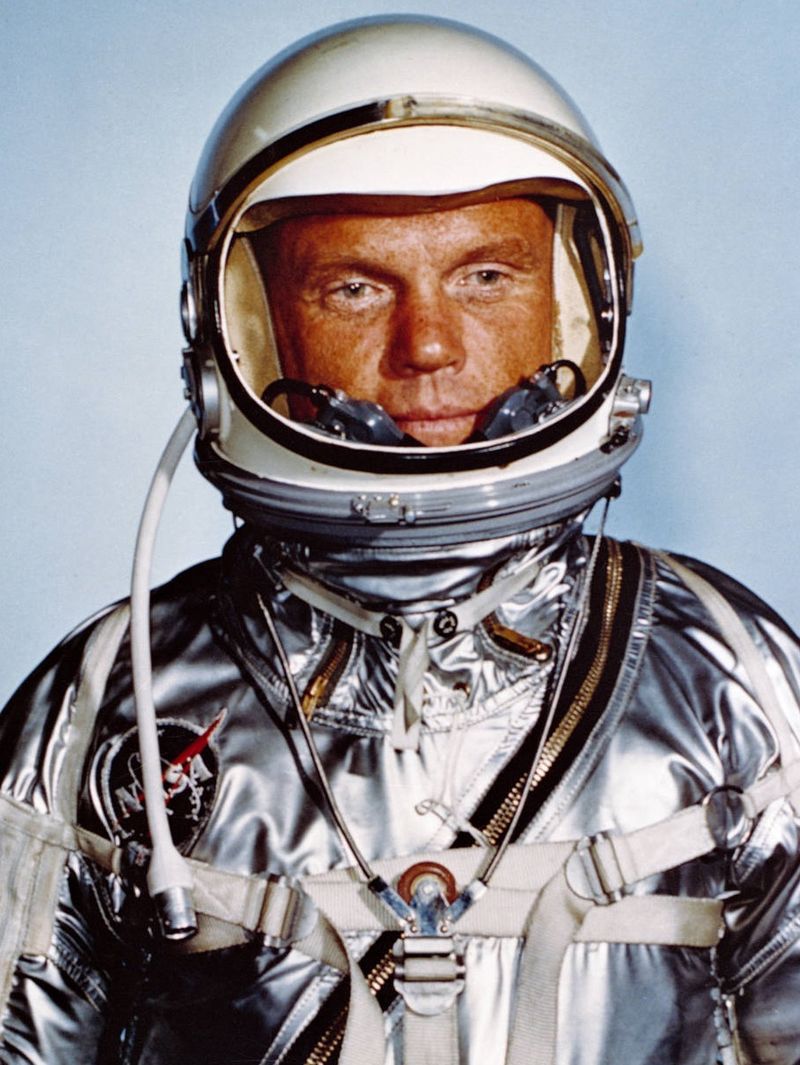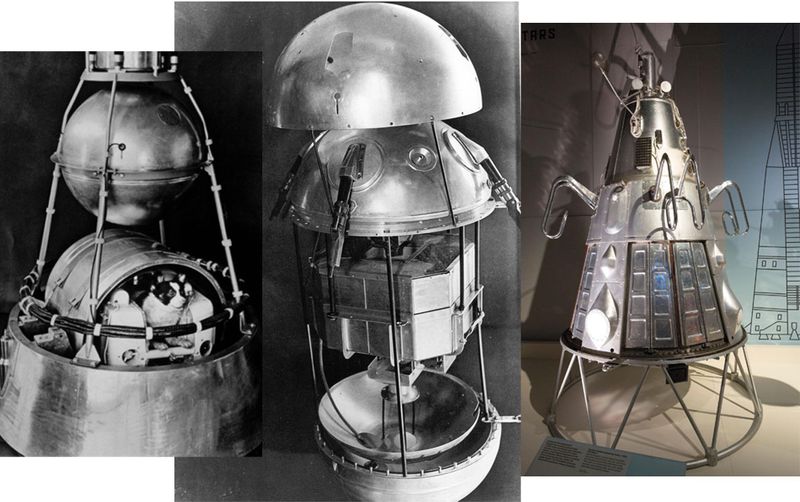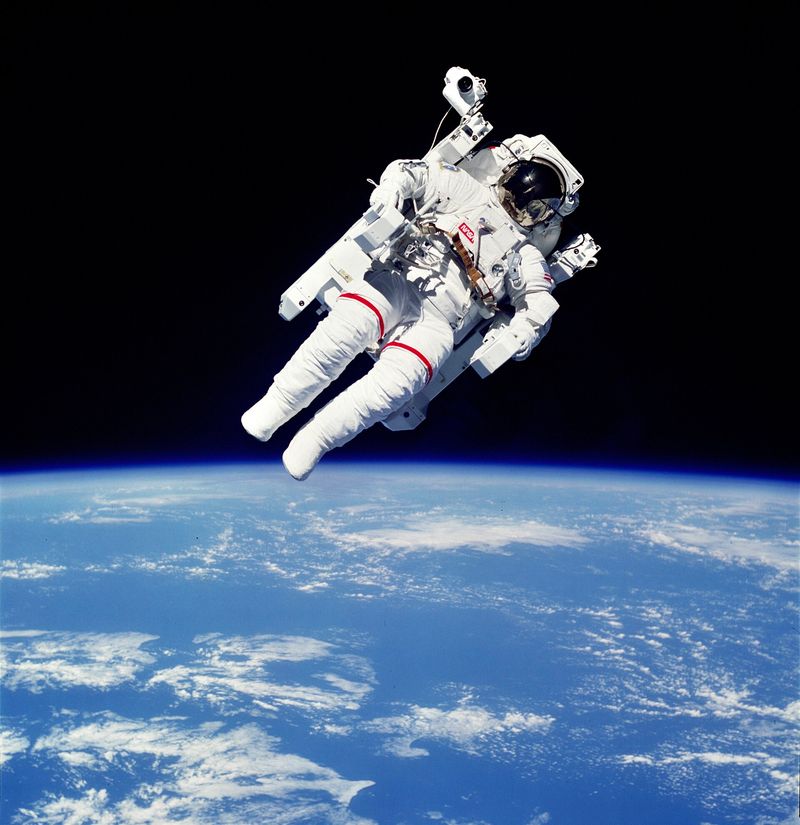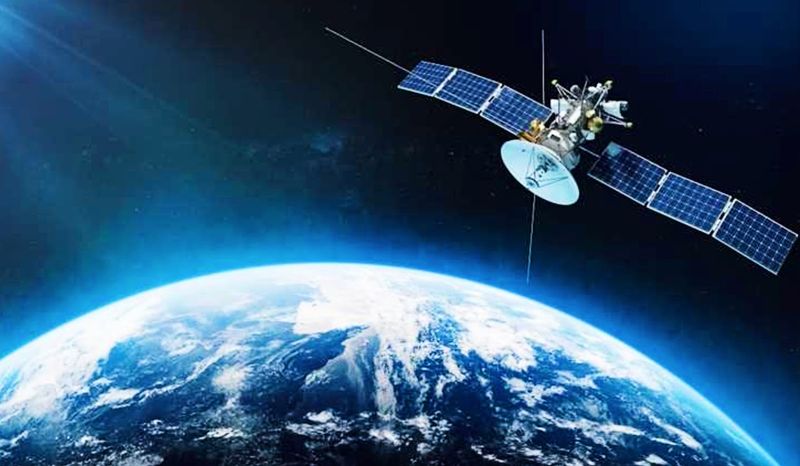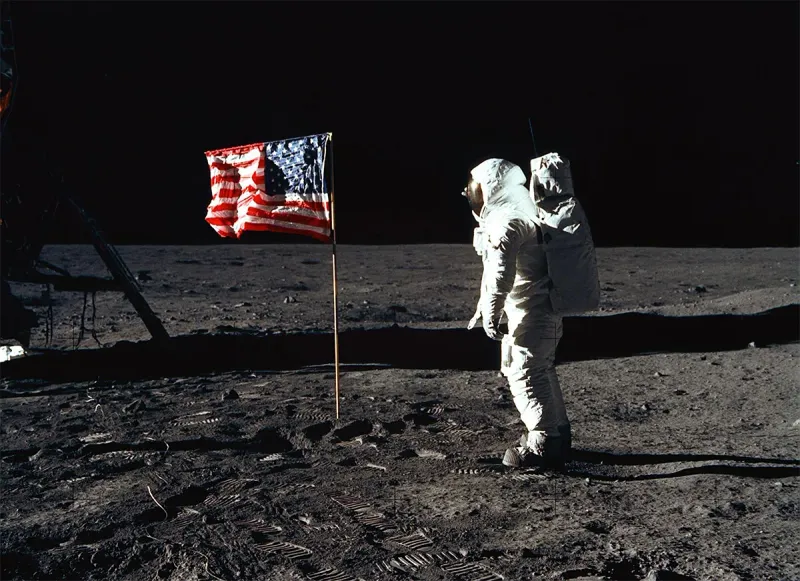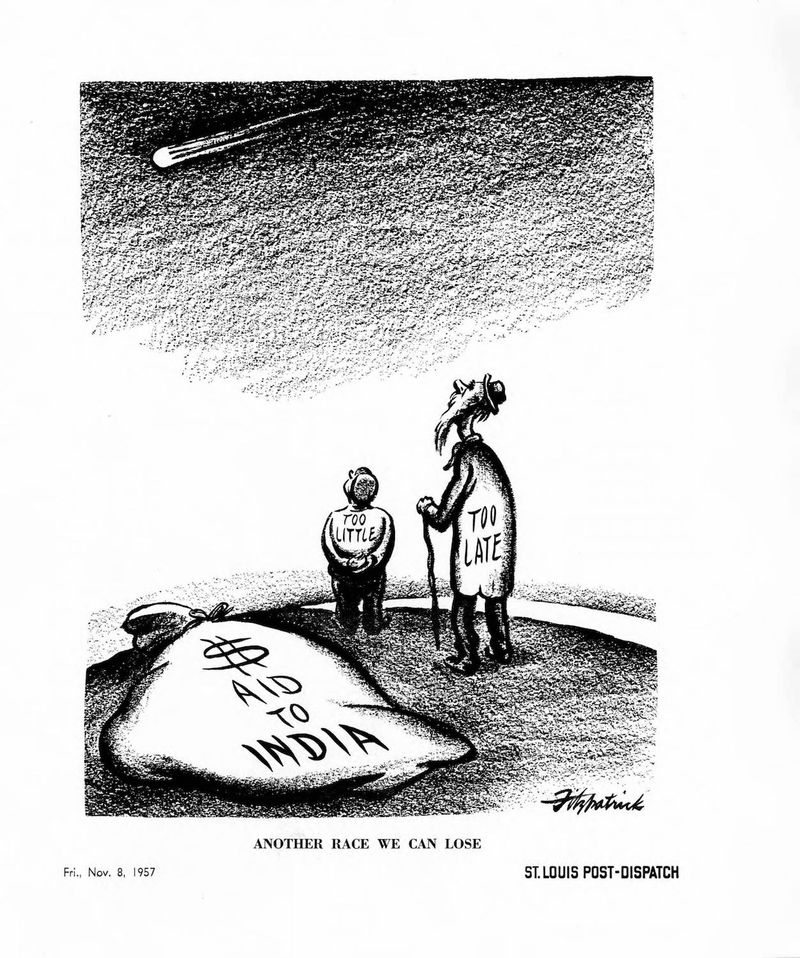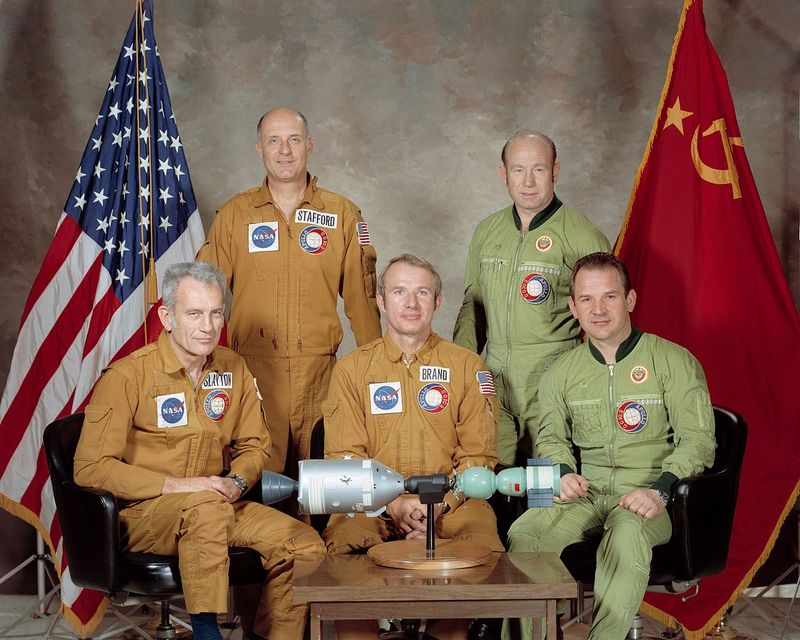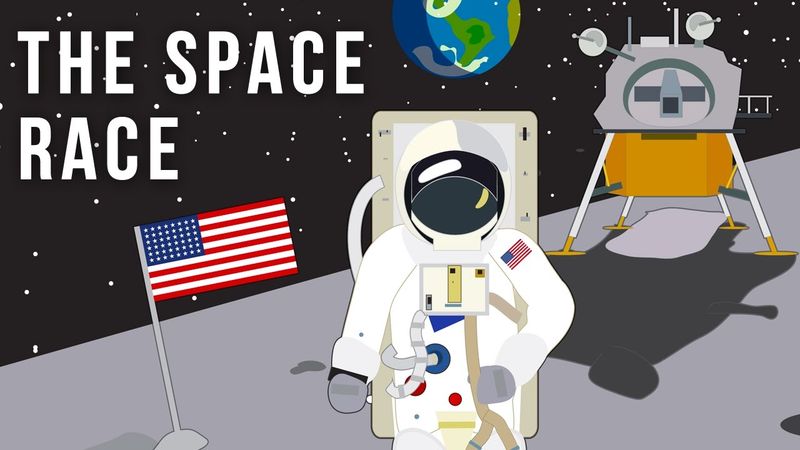The space race was an era of intense competition and innovation between the United States and the Soviet Union. It marked a period of remarkable achievements and lesser-known stories that continue to capture the imagination. From secret missions to unexpected collaborations, the space race was a tapestry of intrigue and technological marvels. Here are 15 fascinating things you might not know about this iconic period in history.
Secret Soviet Moon Plans
The Soviet Union had ambitious plans to land a cosmonaut on the moon before the United States. In secret, they developed the N1 rocket, a monumental engineering effort.
Despite its potential, the rocket faced numerous setbacks, ultimately leading to its cancellation after several failed launch attempts.
The secrecy surrounding their lunar aspirations remained until after the Cold War, when archives were declassified. These plans reveal the intensity and ambition behind the Soviet’s covert lunar race, showcasing a fascinating chapter in aerospace history that was hidden for decades.
NASA’s Animal Astronauts
Before humans ventured into space, animals paved the way. NASA sent chimpanzees, such as Ham and Enos, into orbit to test life-support systems and study biological responses.
These missions were crucial in understanding the effects of space on living organisms. Though controversial, they provided invaluable data that informed human spaceflight.
The story of these pioneering animal astronauts is a testament to the era’s scientific curiosity and the lengths to which researchers went to ensure human safety, highlighting a unique aspect of the space race.
The Space Law Treaty
In 1967, the Outer Space Treaty was established, shaping international space exploration laws. This pivotal agreement prohibited nuclear weapons in space and declared celestial bodies free for exploration by all.
It emphasized peaceful uses of outer space and encouraged cooperation among nations. The treaty laid the groundwork for future international collaborations and remains a cornerstone of space law today.
It reflects the global desire to prevent space militarization and highlights the diplomatic efforts undertaken during the space race, ensuring space remained a domain of peaceful exploration.
Hidden Women of NASA
Women played a crucial yet often unrecognized role in the space race. Pioneers like Katherine Johnson, Dorothy Vaughan, and Mary Jackson made significant contributions to NASA’s success.
Their work in mathematics and engineering was vital for missions such as Mercury and Apollo. Despite facing discrimination, these women broke barriers and paved the way for future generations.
Their inspiring stories have only recently gained the recognition they deserve, shedding light on the diverse talent that powered America’s push to the moon and beyond.
Soviet-American Space Cooperation
Despite intense rivalry, the United States and Soviet Union found moments of cooperation in space. The Apollo-Soyuz Test Project in 1975 marked the first international human spaceflight mission.
This historic mission demonstrated the potential for collaboration beyond political differences, laying the groundwork for future partnerships like the International Space Station.
It showcased that even amidst the space race, there was room for diplomacy and mutual respect, highlighting a hopeful aspect of human endeavor beyond Earth.
The Lost Cosmonauts Theory
The lost cosmonauts theory suggests that the Soviet Union sent cosmonauts into space before Yuri Gagarin, but they were never acknowledged due to mission failures.
While lacking concrete evidence, the theory persists, fueled by amateur radio recordings and declassified documents hinting at cover-ups.
It symbolizes the secrecy and high stakes of the space race, sparking debates about the costs of competition and the potential hidden stories of early space exploration. True or not, it adds an element of mystery to the era.
Space Race’s Impact on Tech
The space race accelerated technological advancements that still impact us today. Developments in computing, telecommunications, and materials science were spurred by the demands of space exploration.
Innovations like miniaturization of components laid the groundwork for modern electronics, including smartphones and GPS technology.
This era of rapid progress underscores the space race’s enduring legacy in driving innovation and highlights how competition between superpowers fueled technological breakthroughs that continue to shape our lives.
Unexpected Space Race Spin-Offs
Beyond technological leaps, the space race produced spin-offs that infiltrate daily life. Innovations led to products like scratch-resistant lenses, cordless tools, and freeze-dried foods.
These advancements were initially designed for astronauts but found valuable applications on Earth, illustrating the practical benefits of space technology.
Such spin-offs demonstrate the broader impacts of the space race, showing how driven scientific exploration can enhance everyday conveniences, bridging the gap between space and terrestrial living.
Cosmic Cultural Influence
The space race left a profound cultural imprint, inspiring fashion, music, and art. Space-age aesthetics permeated styles, with futuristic designs reflecting the era’s optimism and fascination.
Musicians and artists drew inspiration from cosmic themes, creating works that mirrored humanity’s newfound reach into the stars.
This cultural wave highlighted society’s excitement and anxiety about space exploration, marking a unique intersection of science and art that continues to influence creative expressions today.
First Spacewalks and Their Challenges
The first spacewalks, or extravehicular activities (EVAs), were harrowing yet groundbreaking. Alexei Leonov of the Soviet Union made history with the first EVA in 1965.
However, spacewalks posed significant risks, including potential equipment failure and the physical strain of maneuvering in zero gravity.
These early EVAs were critical in testing human capabilities outside the spacecraft, paving the way for future missions. They underscored the courage and resilience of astronauts and the technological triumphs of the space race.
Role of Espionage
Espionage played a vital role in the space race, as both the U.S. and Soviet Union sought to gain intelligence on each other’s advancements.
Spies and satellite surveillance provided insights into rival technologies and strategies, influencing national policies and scientific priorities.
This clandestine world underscored the geopolitical stakes of the space race, where information was as critical as rockets, shaping the competitive landscape of the era.
The Moon Landing Conspiracy
Despite overwhelming evidence supporting the moon landings, conspiracy theories persist, claiming they were staged.
These theories suggest elaborate hoaxes involving film sets and deceptive media. While debunked, they reveal public skepticism and the fascination with space exploration’s authenticity.
The moon landing conspiracy illustrates the powerful impact of media and the challenges of navigating truth in a world of speculation, reflecting broader societal themes of trust and belief.
Space Race Political Propaganda
The space race was as much about politics as technology. Both superpowers used space achievements to bolster national pride and influence global perceptions.
Propaganda campaigns highlighted successes, portraying space exploration as a testament to ideological superiority.
These narratives were crucial in shaping public opinion and international standing, emphasizing the intertwined nature of science, politics, and culture during this period.
International Impact of the Space Race
The space race had a worldwide impact, spurring other nations to develop their space programs. It inspired international collaborations and investments in science and technology.
Countries around the world recognized the importance of space exploration, leading to educational and research initiatives.
This global ripple effect underscores the space race’s role in fostering a collective pursuit of knowledge beyond borders, highlighting its enduring influence on international scientific advancement.
The Legacy of the Space Race
The space race’s legacy is profound, shaping modern space endeavors. It laid the foundation for ongoing exploration, from Mars rovers to private space companies.
The technological and scientific advancements continue to influence present and future missions, driving humanity’s quest for discovery.
Its impact is seen in educational programs and careers inspired by the era’s achievements, reflecting the space race’s lasting contribution to our understanding of the universe and our place within it.
